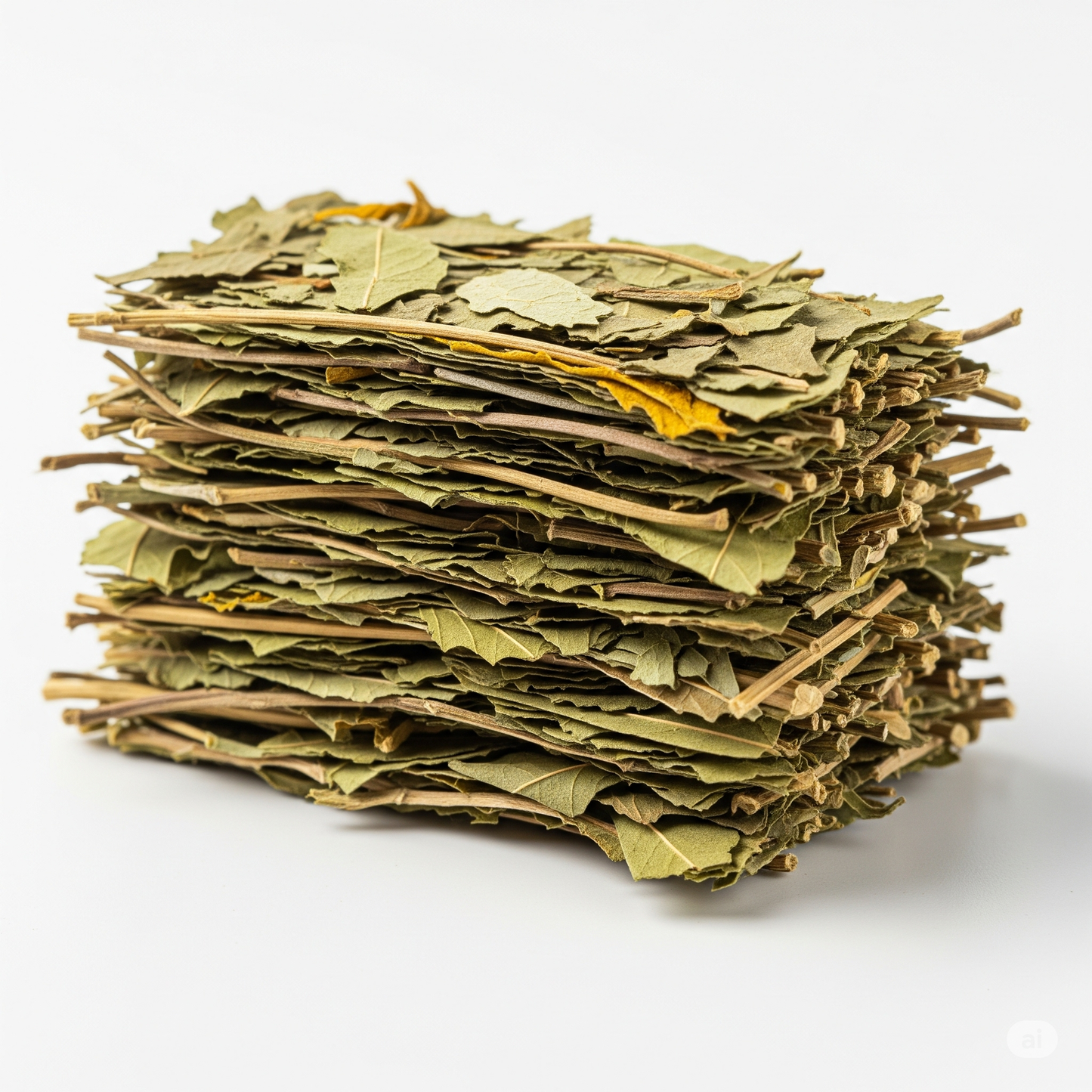Wadi
Balm of Gilead
Balm of Gilead
Couldn't load pickup availability
Primary Uses:
1. Culinary use:
- Infused in oil or vinegar for salad dressings
- Added to soups and stews for flavor
- Used as a seasoning for roasted meats and vegetables
2. Flavoring use:
- Added to teas and herbal blends for a minty flavor
- Used in baking for a subtle, sweet flavor
- Mixed with honey for a natural sweetener
3. Aroma use:
- Used in aromatherapy for its calming and relaxing properties
- Added to bathwater for a soothing soak
- Used in homemade candles and soaps for a pleasant scent.
Other Uses:
1. Medicinal uses: Balm of Gilead has been traditionally used for its medicinal properties, particularly for its anti-inflammatory and pain-relieving effects. It is commonly used to treat arthritis, rheumatism, and other inflammatory conditions.
2. Religious uses: Balm of Gilead has been mentioned in the Bible as a healing balm, and is believed to have spiritual and religious significance. It is often used in religious ceremonies and rituals.
3. Ornamental uses: Balm of Gilead is a popular ornamental plant, prized for its attractive foliage and fragrant flowers. It is often grown in gardens and used as a decorative plant in landscaping.
4. Insect repellent: Balm of Gilead has natural insect-repelling properties, and is often used as a natural alternative to chemical insecticides. It can be used to repel mosquitoes, flies, and other insects.
5. Dyeing agent: Balm of Gilead has been used as a natural dyeing agent, particularly for wool and other natural fibers. It produces a range of colors, from yellow to brown.
6. Folklore uses: Balm of Gilead has been used in folklore and traditional medicine for centuries, and is believed to have a range of healing properties. It is often used in folk remedies for colds, coughs, and other respiratory ailments.
7. Culinary garnish: Balm of Gilead has a pleasant, minty flavor, and is often used as a culinary garnish in salads, soups, and other dishes. It can also be used to flavor teas and other beverages.
Caution:
There are several potential disadvantages associated with the use of Balm of Gilead:
1. Allergic reactions: Some people may be allergic to Balm of Gilead, which can cause skin irritation, rashes, and other allergic reactions.
2. Side effects: Balm of Gilead may cause side effects such as nausea, vomiting, and diarrhea.
3. Interactions with medications: Balm of Gilead may interact with certain medications, including blood thinners and sedatives.
4. Lack of scientific evidence: While Balm of Gilead has been used for centuries for medicinal purposes, there is limited scientific evidence to support its effectiveness.
5. Sustainability concerns: Balm of Gilead is derived from the resin of the balsam poplar tree, which is becoming increasingly rare due to over-harvesting. This raises concerns about the sustainability of using this herb for medicinal purposes.
Share


